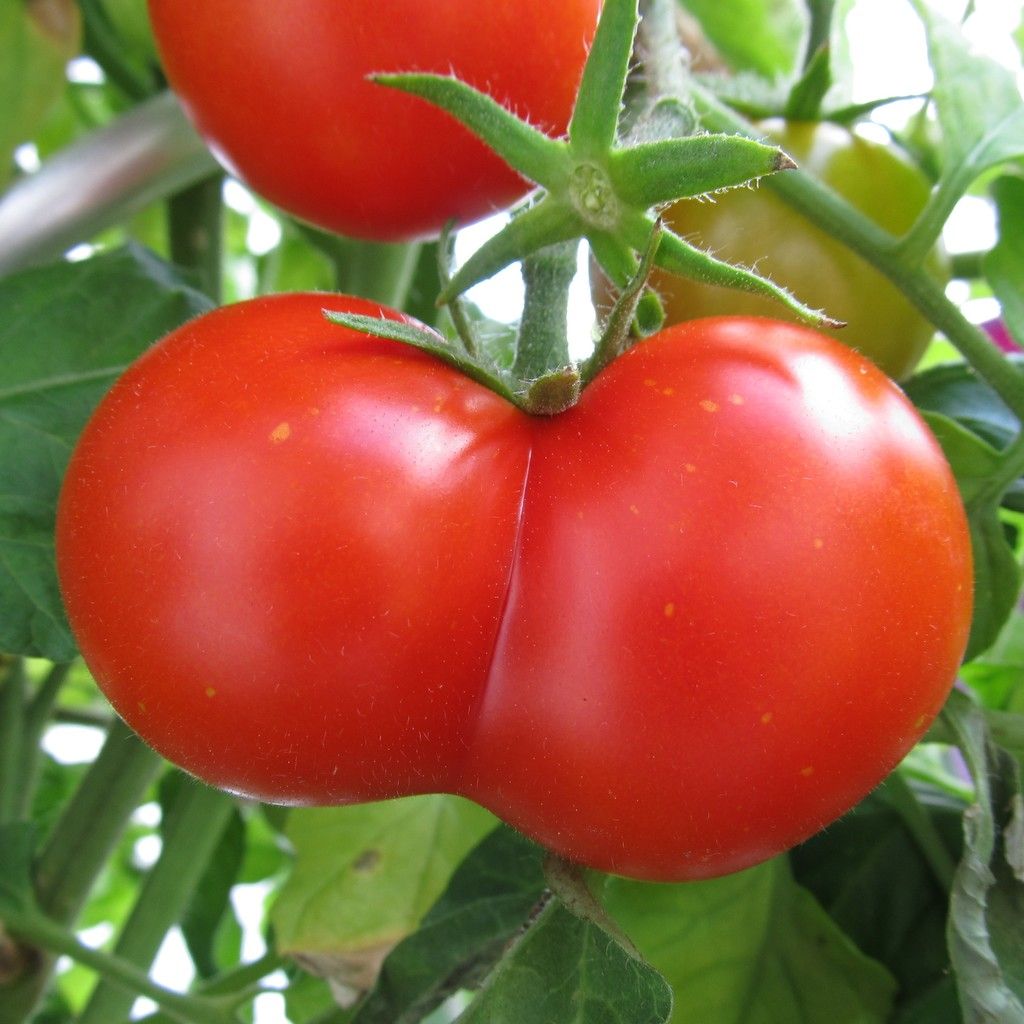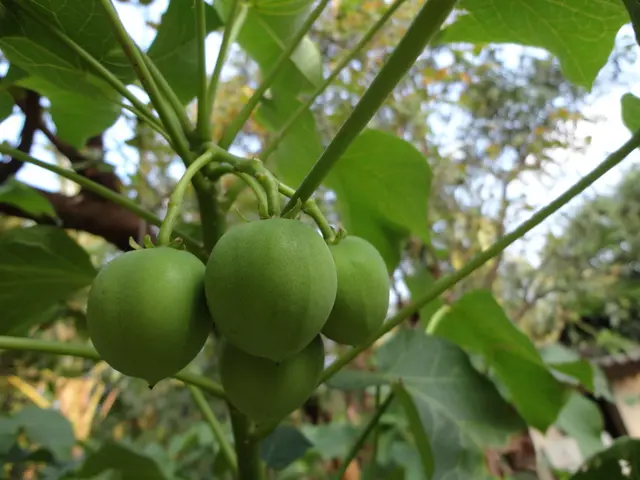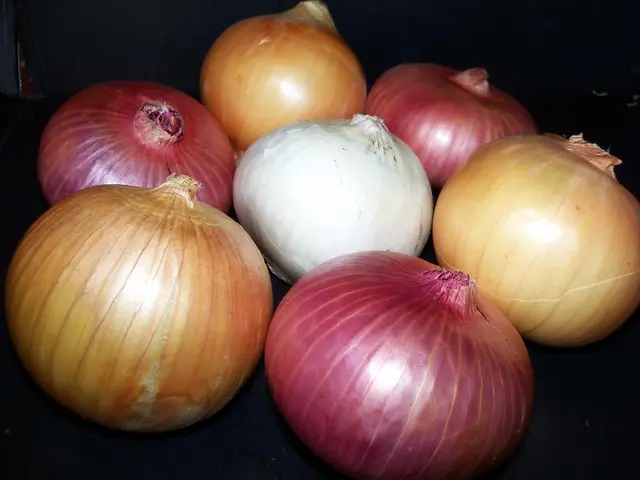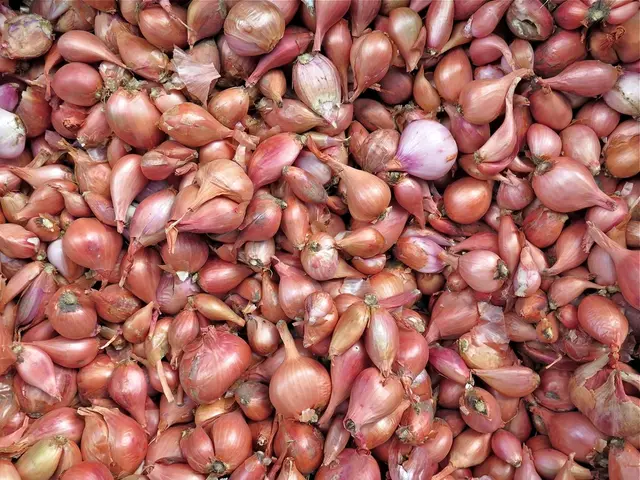Optimal Tomato Planting: Identifying the Ideal Time, Temperature, and Size for a Bountiful Crop Yield
Cracking the Code on Tomato Planting
- The A to Z of Tomato Growth
- Navigating the Tomato Planting Maze
Get ready to harvest that juicy, homegrown tomato goodness! With these helpful tips, you'll be growing your own tomatoes like a pro. Keep in mind that these guidelines are based on average conditions, and depending on where you live, specific adjustments may be needed.
Planting Tomatoes: Rules of Thumb
When it comes to planting tomatoes, patience is key. Avoid the temptation to plant early as it could set the plants up for failure. Instead, wait until the danger of frost has passed, and the air and soil temperatures have warmed sufficiently. Remember, planting them early won't nudge them into action — it could expose them to late frosts and potential damage.
Seed Starting 101
Planning to grow your tomatoes from seed? Start them indoors around 6-8 weeks before the last frost date for your area. To find this information, simply enter your zip code in the Old Farmer’s Almanac calendar. Also, consider the USDA hardiness zone to ensure that your tomato variety can mature before the first frosts in the fall if you're in a cooler zone.
Indoor seed starting temperature should ideally be between 70°F and 80°F (21°C to 27°C) for optimal germination rates and seedling development[3][5]. If you're wondering about specific varieties, the Gardeners Delight Tomato, for example, recommends starting seeds 6 weeks before the last frost with soil temperatures maintained around 75°F to 80°F for best germination[5].
Venturing Outside
When it's time to transplant your seedlings into the garden, the nighttime temperature should stay consistently above 50°F (10°C), with temperatures of 65°F to 70°F (18°C to 21°C) during the day[1][4]. It's crucial to keep an eye on the weather for any sudden, late-season frosts, especially in cooler zones. Protect your plants by using raised beds, cold frames, or covering them at night if needed.
Timing is Everything
In warmer regions, tomatoes can be grown nearly year-round. Try planting early in the spring and then again in July to August for a second late-season crop[1]. Depending on your region:
- In the South: Plant in January for an April and May harvest.
- In the mid-Atlantic and similar climes: Plant in the spring for a late spring to early summer harvest.
- In the Pacific Northwest: Plant in late spring for a summer harvest.
- In the Northeast and Midwest: Plant late spring to early summer for a midsummer to early fall harvest.
When is it Too Late?
Don't fret if time got away from you. Look for early tomato varieties that can produce in as little as 52 days (Early Girl) to 70 days from transplant. If you still have time before the first frost, you can grow late-season tomatoes, which start fruiting in mid-September[1]. Many of these are heirloom tomatoes ready to harvest after 80 days from transplant.
Extend your tomato growing season by planting in a greenhouse or using a cloche, cold frame, or row cover to protect against frost. Also, consider growing indeterminate tomatoes and staggering plantings for a continuous supply of fruiting plants[1].
Flower Power
Growing tomatoes in combination with these 8 perfect flowers will help boost yields and keep pests at bay[6][7].
Indoor Hydroponic Tomatoes
Don't have outside space? Grow hydroponic tomatoes indoors for fresh year-round harvests, with no soil required[8].
Determinate vs Indeterminate Tomatoes
Learn the difference between determinate and indeterminate tomatoes to determine which is best suited for your growing needs[7].
Stay Connected
Stay in the know with tomato gardening tips, videos, and inspiring ideas delivered right to your inbox. Sign up for our newsletter and receive a free copy of our e-book "How to Grow Delicious Tomatoes".
Amy GrantWith 30 years of gardening experience and 15 years of writing under her belt, Amy Grant is a culinary gardening expert and a professional chef and caterer.
Heather RhoadesFounder of our platform.
- Incorporating flowers of the right varieties in your home-and-garden can help boost your tomato plant yield and keep pests at bay, enhancing your overall lifestyle.
- As you delve into the world of gardening, consider exploring different types of tomatoes, such as determinate and indeterminate, and decide which best fits your home-and-garden lifestyle for a bountiful harvest.








